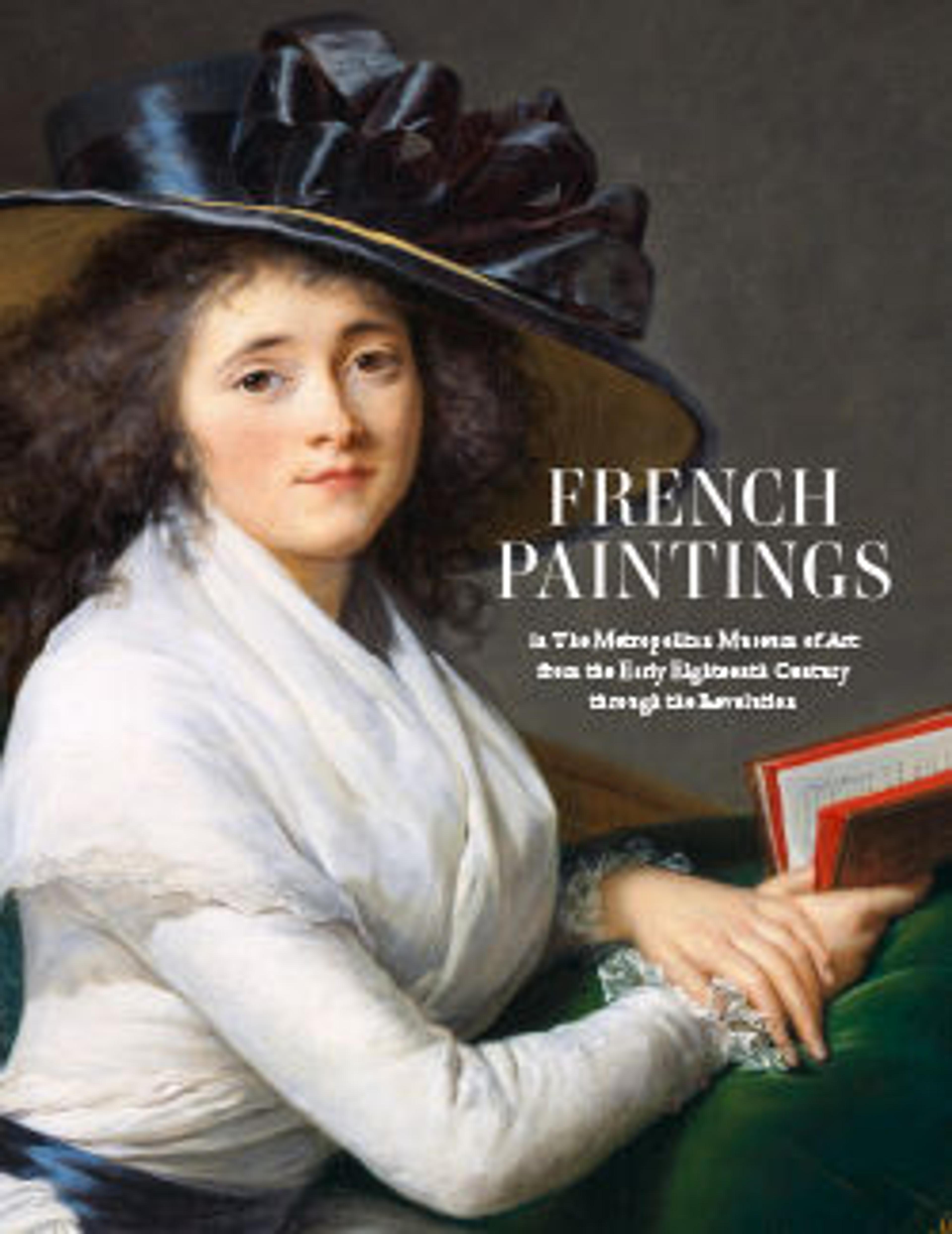The Triumph of Aemilius Paulus
Vernet began this enormous painting with its more than one hundred figures and dozen horses in 1787, and he presented it as part of his application for admission to the French Royal Academy in 1789. Exhibited at the Salons of 1789 and 1791, the painting’s ambition and advanced classicism proved a critical success. Vernet’s unusual format perfectly suits his subject: a procession that allegedly lasted three days, led by Roman general Aemilius Paulus who defeated King Perseus of Macedon in 168 BCE. The general rides in triumph on the gold cart followed by prisoners, including Perseus with his family. The temple of Jupiter Capitolinus with its hundred steps dominates the learned catalogue of ancient buildings comprising the background.
Artwork Details
- Title:The Triumph of Aemilius Paulus
- Artist:Carle (Antoine Charles Horace) Vernet (French, Bordeaux 1758–1836 Paris)
- Date:1789
- Medium:Oil on canvas
- Dimensions:51 1/8 x 172 1/2 in. (129.9 x 438.2 cm)
- Classification:Paintings
- Credit Line:Gift of Darius O. Mills, 1906
- Object Number:06.144
- Curatorial Department: European Paintings
More Artwork
Research Resources
The Met provides unparalleled resources for research and welcomes an international community of students and scholars. The Met's Open Access API is where creators and researchers can connect to the The Met collection. Open Access data and public domain images are available for unrestricted commercial and noncommercial use without permission or fee.
To request images under copyright and other restrictions, please use this Image Request form.
Feedback
We continue to research and examine historical and cultural context for objects in The Met collection. If you have comments or questions about this object record, please contact us using the form below. The Museum looks forward to receiving your comments.
